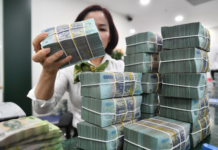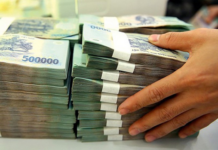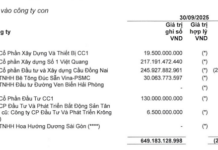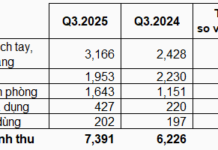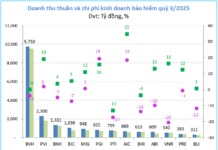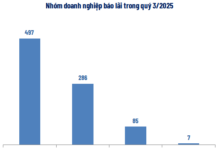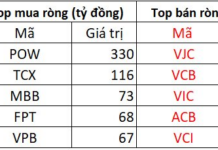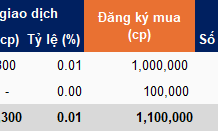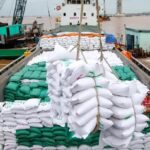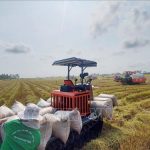
Illustrative image.
The Asian rice market is entering a significant adjustment phase as export prices in major producing countries plummet to multi-year lows due to abundant supply and weak demand. Intense competition among exporters, coupled with currency fluctuations, has given buyers a distinct advantage in negotiating contracts with sellers.
In Thailand, the price of 5% broken rice has dropped to $340 per ton, the lowest since 2007. Traders attribute this to a surge in domestic supply following a favorable rainy season, while the strengthening baht has made Thai rice less competitive internationally.
Meanwhile, in India, the world’s largest rice exporter, the price of 5% broken parboiled rice has fallen to $340-$345 per ton, the lowest since mid-2016. White 5% broken rice is also trading at $360-$370 per ton. Although the weakening rupee has somewhat alleviated pressure on exporters, low demand continues to drive prices downward. Some exporters in Kolkata admit that buyers are leveraging the oversupply situation to push for lower prices and delay contract signings in anticipation of further declines.
Vietnamese rice prices remain stable at $440-$465 per ton, unchanged from the previous week. However, export volumes have significantly decreased as the Philippines, Vietnam’s largest rice buyer, has temporarily halted imports due to high domestic stockpiles.
Bangladesh stands out as one of the few countries actively purchasing rice, having recently approved the purchase of 50,000 tons of Indian rice at $359.77 per ton through an international tender to stabilize domestic food prices.
Large upcoming harvests and high inventories in many importing countries have kept freight rates and delivery charges low, further strengthening the position of buyers.
The sharp price decline has eased food inflation pressures in many importing nations following a period of severe volatility caused by weather disruptions and export restrictions over the past two years. However, experts warn that the current trend could reverse if unfavorable weather conditions or additional government interventions emerge in exporting countries.
In the short term, rice prices are cooling as new crop supplies from major producers enter the market, while many large importers are holding off on purchases, awaiting further price adjustments—a stark contrast to the previous supply-tightening phase.
The Rice Industry’s Profit Phase Enters a Period of Selection
The second quarter of 2025 witnessed a stark differentiation in the rice industry as the market entered a phase of filtration. While revenue declines, stockpiles mount, and cash flow endures pressure, some businesses have managed to sustain profit growth through agile operations, prudent cost management, and financial transparency.
Export Rice Prices Hit a Three-Month High
The Vietnamese rice price has reached its highest point in almost three months, with a tight supply situation despite muted demand tempering the price rise.
Foreign shipping company increases service fees, Vietnamese export businesses struggle
Vietnamese import and export businesses face difficulties when shipping companies unilaterally raise freight rates by an additional 10-20% per shipment.









